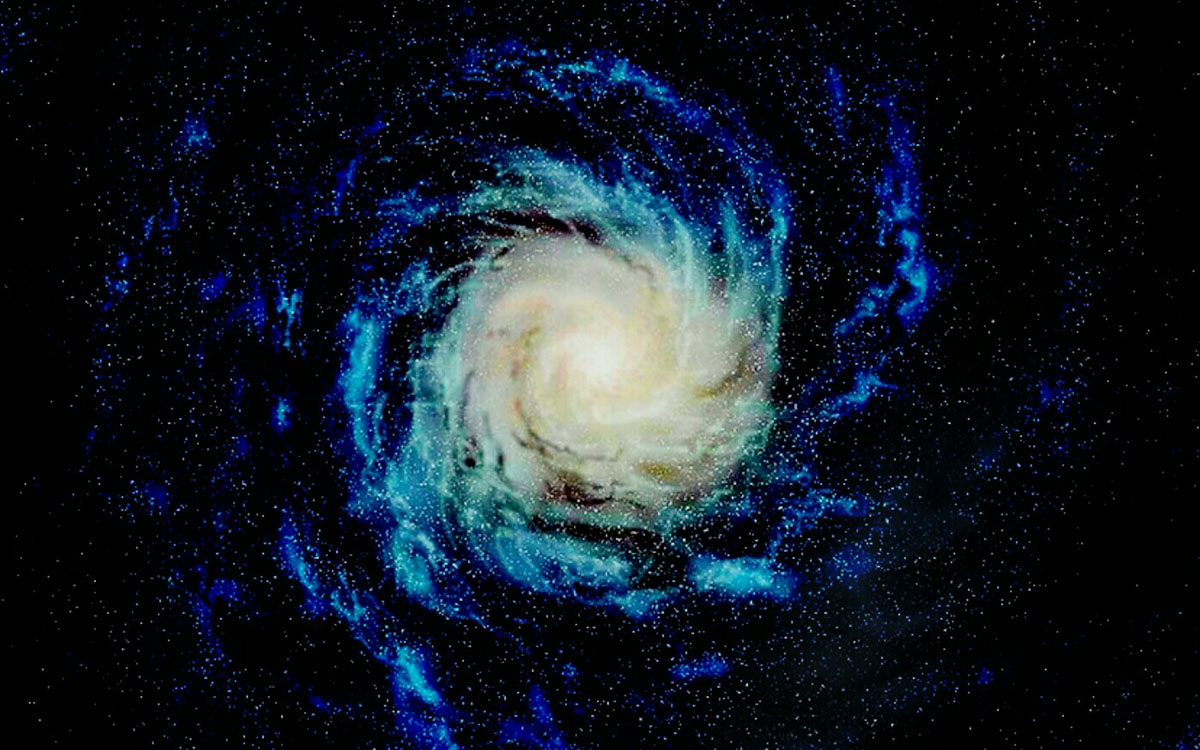are diffused galaxies a blow to the theory of modified gravity?

Not too long ago, we talked about some creative ideas to explain why we haven’t been able to find dark matter but the math from astronomical observations doesn’t seem to work without it, and our telescopes can detect its gravity bending light around itself. Front and center is the fact that we still don’t really understand how exactly gravity works and that opens the door to ideas about this fundamental force working differently at different scales. These theories of modified gravity neatly explain a lot of dark matter-related anomalies without invoking particles we can’t seem to find, and whose existence is hypothetical at best and keeps evading scientists colliding ions to better understand the universe.
But a pair of new papers studying galaxies NGC 1052-DF2 and NGC 1052-DF4, which appear to have no dark matter, are firing shots across the bow of these newly popular theories. These galaxies are unique for being very diffuse and easily described by straightforward physics which don’t require a halo of dark matter to describe its mass and spin. If modified gravity is supposed to explain the behavior of a fundamental law at different scales, it should be able to explain why there are galaxies which don’t seem to need its modifications.
The simplest explanation would point to nearby NGC 1052 stripping these galaxies of their dark matter, and showing that dark matter is made of particles instead of just being some sort of odd manifestation of gravity. However, this is far from conclusive because NGC 1052 would need to strip matter from the two galaxies in question, turning them into diffuse clumps of stars, gas, and dust, which can also happen in a modified gravitational scenario. The dark-matter-is-a-particle camp could point to the two ultra-diffuse galaxies and claim that a fundamental force shouldn’t change with distance and different galaxy types, but their case is far from ironclad.
Even finding more ultra-diffuse galaxies too far away to be disrupted by its neighbors wouldn’t be a silver bullet since any explanation of its shape, mass, velocity, and trajectory would require a more massive galaxy to alter its formation or warp it as it passed by, opening the window for both theories to step in. And in this scenario, the dark matter particle approach would actually be at a disadvantage because it would require a type of matter we can’t seem to find or replicate instead of newly understood quirks of gravity which seem to explain a lot without assuming the existence of new hypothetical particles.
So, far from adding any clarity to the battle between dark matter and modified gravity theories, the observations of DF-2 and DF-4 just raise additional questions. We’ll need to figure out much more clearly defined scenarios to give us concrete clues as to which approach seems to have more promise and scour the skies looking for examples. Ultra diffuse galaxies are extremely interesting edge cases, however, and we should absolutely study them further, looking for any oddball that might nudge us in a new direction or provide more chances for us to play both the particle and modified gravity approach off each other to see where the math takes us. Unless we manage to create a candidate dark matter particle in the lab, that seems to be pretty much the only thing we can do right now.
See: Dokkum, v. P., et. al., (2019) A Second Galaxy Missing Dark Matter in the NGC 1052 Group, The Astrophysical Journal Letters, Vol. 874, No. 2, DOI: 10.3847/2041-8213/ab0d92
Danieli, S., et. al., (2019) Still Missing Dark Matter: KCWI High-resolution Stellar Kinematics of NGC1052-DF2, The Astrophysical Journal Letters, Vol. 874, No. 2, DOI: 10.3847/2041-8213/ab0e8c





